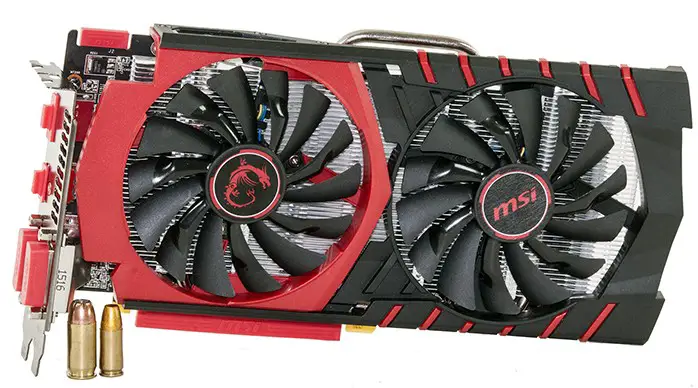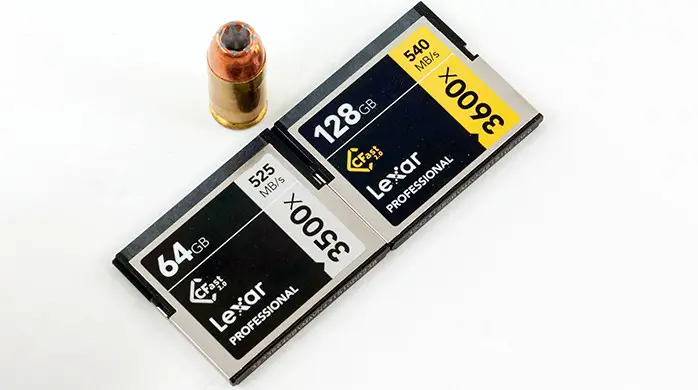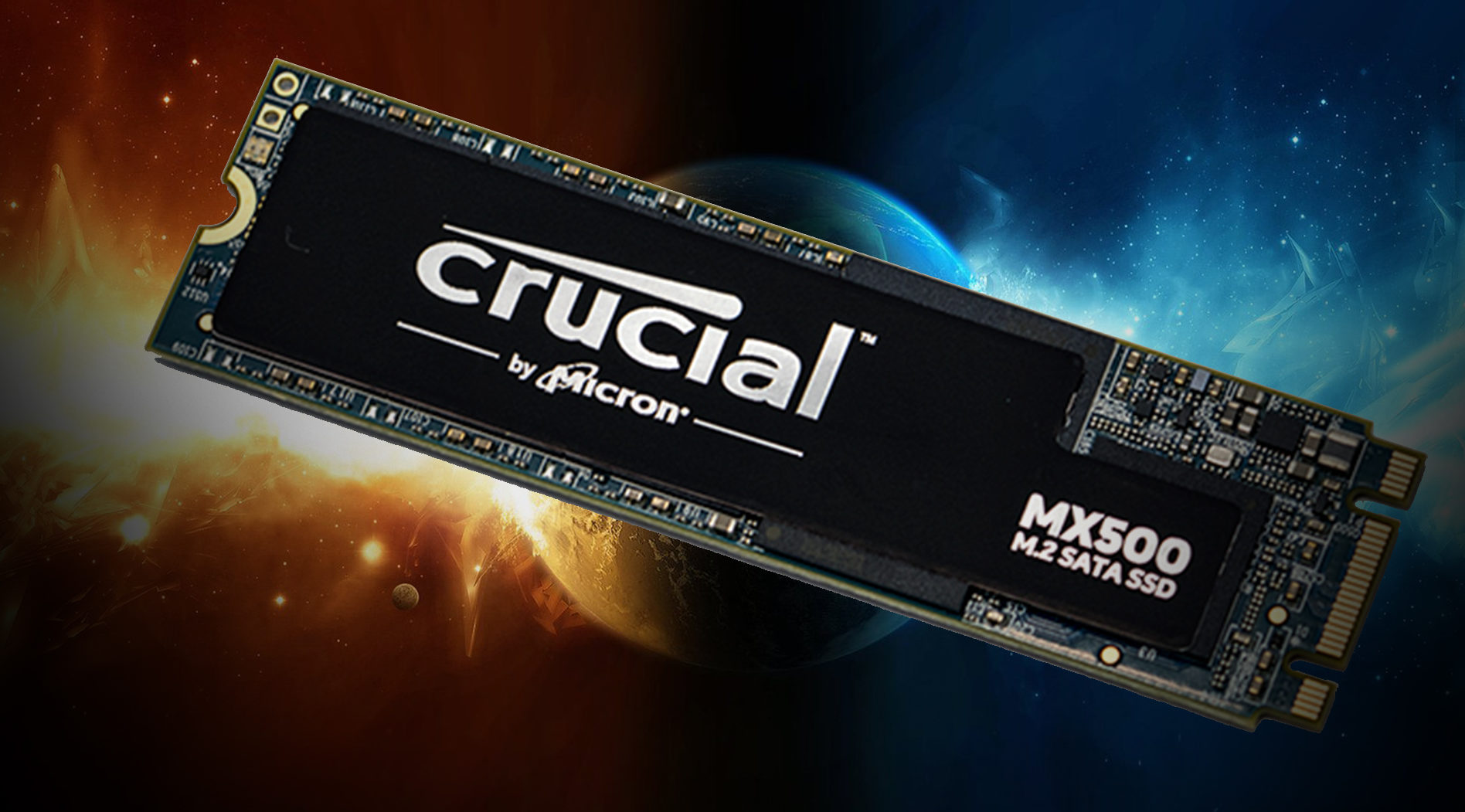Recently we took a look at the MSI Gaming R9 390X and walked away very impressed with the value that card had to offer – as it offered near NVIDIA GTX 980 performance at ‘970 prices. By the same token AMDs 3 series lineup is not without controversy as they have carried over a lot of the 2 series models. For the most part we understand what AMD is doing and can’t complain too much – as the carry overs been pushed down a notch on the AMD GPU food chain. For example, in our next installment we will look at a R9 285 that is now called a R380. For now though there is one very interesting core that has been carried over…multiple times. Specifically we will be looking at MSI’s take on the R7 370 video card – in the form of the MSI R7 370 Gaming 2G.
What makes this card so interesting is the history that comes with it. Way back in 2012 AMD released the HD 7850 ‘Pitcairn Pro’ GPU that was meant to be a rather high’ish, performance orientated card. Then it was overclocked and rebranded as the “Curacao PRO” (aka R7 265), and knocked back down to lower mainstream price point. This time the Pitcairn core has been slightly refurbished, refined and called the Trinidad core…and has been further moved down the food chain to the upper entry level position. In fact, the R7 370 is in the hotly contested $150 to $200 corner of the market where value and price reign supreme. Consumers in this market niche do not mind spending $50 more than they really want to…. but they really rather only spend $150. On the surface with its 1024 shaders, 64ROPS and 32 Texture Units the R7 370 seems to be AMD’s answer to the NVIDIA GTX 960 series. In fact, both have cores that boast the same features – albeit with Green or Red design philosophy – and both make use of 2GB of GDDR5 memory. Unfortunately, even with a 256-bit bus compared to 128-bit NVIDIA’s GM-206 core is newer and more efficient than the GCN 1.0 based ‘Trinidad’ core. That is why the 960 can command a $200 asking price and the R7 370 cannot. To counteract this, AMD has given their reference models an asking price of only $145. Unfortunately, and just as with the 960 which is not a spectacular card in its default state, even with a massively reduced asking price the R7 370 has a hard time competing as the performance difference is arguably worth the noticeably large increase in price. This is where MSI enters the equation.
On the surface with its 1024 shaders, 64ROPS and 32 Texture Units the R7 370 seems to be AMD’s answer to the NVIDIA GTX 960 series. In fact, both have cores that boast the same features – albeit with Green or Red design philosophy – and both make use of 2GB of GDDR5 memory. Unfortunately, even with a 256-bit bus compared to 128-bit NVIDIA’s GM-206 core is newer and more efficient than the GCN 1.0 based ‘Trinidad’ core. That is why the 960 can command a $200 asking price and the R7 370 cannot. To counteract this, AMD has given their reference models an asking price of only $145. Unfortunately, and just as with the 960 which is not a spectacular card in its default state, even with a massively reduced asking price the R7 370 has a hard time competing as the performance difference is arguably worth the noticeably large increase in price. This is where MSI enters the equation.
As we have seen time and time again MSI are not afraid to think outside the box, and they have taken this free thinking philosophy and applied it to the R7 370. At its heart still beats a Trinidad core paired to 2GB GDDR5 memory, but this is about all the R7 370 Gaming 2G shares in common with a reference design. Instead of running their core at 975Mhz MSI gives their Trinidad cores a factory overclock of 75Mhz to 1050MHz. To ensure that the bus can handle the higher demands, MSI also overclocks the RAM from 5,600MHz(effective) to 5,700Mhz. Then to seal the deal they give their R7 370 a variant of the Twin Frozr V heatsink and fan design that offers much better cooling and noise potential compared to the typical R7 265 or R7 370.
On their own these improvements not only go a long way to justifying the extra ten dollar price premium this model commands, but on paper makes the R7 370 vs GTX 960 a much, much more interesting proposition. So much so that if consumers can get past the whole ‘rebrand’ issue and actually look at the MSI card they may like what they see. This is why we are going to take the time to review it and see if it can live up to these rather high expectations and overcome the massive handicap AMD has given MSI.











